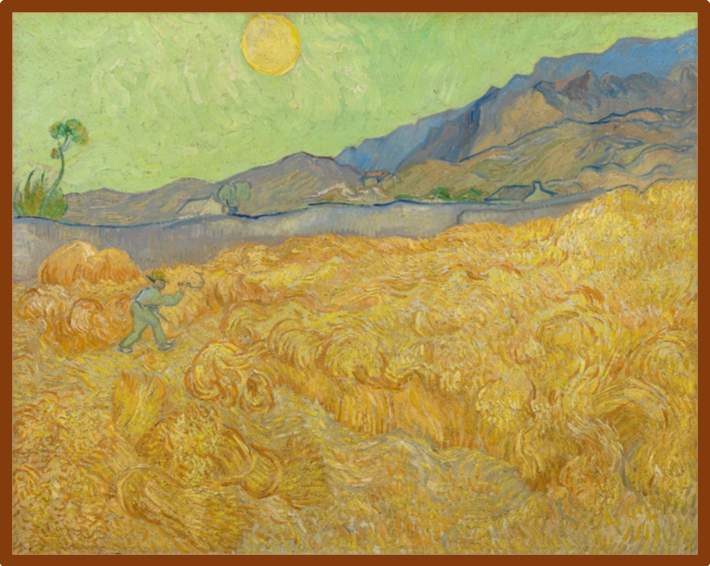The Tacuinum Sanitatus (Almanac of Health) is one of the most richly illustrated fourteenth century Herbals though it is based on an earlier compendium written by the renowned Arab physician Ibn Buṭlān in the eleventh century and translated into Latin. The book focuses on prevention rather than cures, and is based on the traditions of ancient Greek and Roman medicine. But the works of Hippocrates (c. 460-377 BC) and Galen (129-200 AD) had disappeared in the Latin West after the fall of Rome. In this way Ibn Buṭlān reintroduced Europeans to their own medical heritage. Although relating understandings from Antiquity, Tacuinum was a popular manual of practical guidance for a healthy, happy life with advice on diet, exercise, regulation of temperament, and other topics. The five illustrated versions that survive were created for wealthy Italian patrons and are remarkable for their magnificent illuminations, a term from the Latin expression “light up.” These present a window into daily life during the early Renaissance with depictions of farming, food preparation, and other activities. Considerable attention is devoted to grains, pulses, vegetables, fruits, and other culinary staples.
Above: Silago (Cutting Rye) and Spelta (Flailing Spelt), Tacuinum Sanitatus (c. 1400); Biblioteca Casanatense, Rome; Wikimedia Commons
The Tacuinum depictions of Estes (Summer) show a peasant couple mowing with sickles as a young man stands behind them wearing a crown and belt of wheat and holding up sprays of grain as a likely personification of summer. In Silago a man wielding a broad sickle grasps a handful of rye to cut, while Spelta shows a barefoot couple threshing grain with flails before a shelter of stacked sheaves. Heads of various types of crops are prominently featured, even if the stands appear to be sparse, and also include Furmentum (wheat), Ordeum (barley), Milium (millet), Avena (oats), Rizum (rice), Lenta (lentils), Cicera (chickpeas), Melega (sorghum), and Faxioli (flax).
Tacuinum’s agrarian depictions significantly contributed to the magnificent Cycles of the Months frescos (c. 1400) that decorate Trento, Italy’s Castello del Buonconsiglio. Probably the work of a Bohemian artist commissioned by the temporal ruler of the diocese, the colorful panels show the affairs of both peasant and privileged. The August scene is devoted to the wheat harvest and shows a phalanx of sickle-wielding reapers followed by binders and a stacker. Both men and women share in these tasks. In the foreground a man leads a wagonload of sheaves to a shed where another worker pitches the bundles into an open upper window. A woman carrying pitcher and basket heads to the field to refresh the laborers under the approving eye of a cleric.













